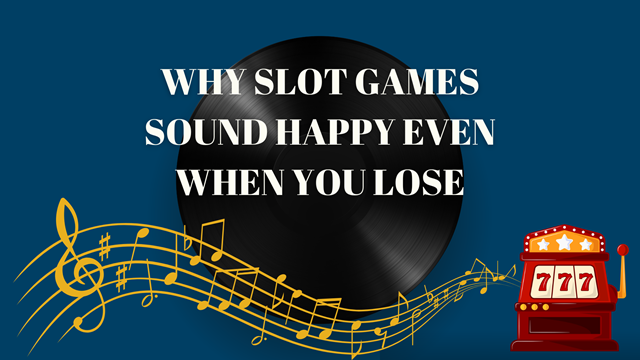
In an era where technology is reshaping almost every aspect of our lives, its influence on education is undeniable. Music education, in particular, has undergone a remarkable transformation, propelled by the advent of innovative technological tools and platforms. This evolution is not just changing how music is taught and learned but also expanding its reach and accessibility. In this article, we explore the various ways technology is revolutionizing music education, from digital resources to advanced online platforms, and how these changes are enhancing the learning experience for students and educators alike.
- Digital Music Libraries and Resources
The digitalization of music resources has brought about a paradigm shift in music education. Vast libraries of sheet music, recordings, and instructional materials are now just a click away, providing students and educators with an unprecedented wealth of resources. This easy access to diverse musical works, from classical scores to contemporary compositions, not only enriches the learning experience but also allows for a more comprehensive exploration of the musical world. Digital resources also offer the convenience of instant availability, eliminating the barriers of geographical and physical limitations.
- Music Learning Apps and Software
The emergence of music learning apps and software has introduced new, interactive ways of learning music. These tools often incorporate elements of gamification, making the learning process engaging and enjoyable. From apps that offer real-time feedback on pitch and rhythm to software that simulates various instruments, these digital tools cater to a range of learning needs and styles. They allow students to practice and refine their skills at their own pace, making music education more personalized and accessible than ever before.
- Online Education Platforms
Online education platforms have significantly expanded the horizons of music education. Programs like an online Masters in Music Education enable students to pursue advanced studies from anywhere in the world, providing flexibility and access to top-notch curriculum and faculty. These platforms often include interactive courses, forums for collaboration, and digital portfolios, offering a comprehensive and modern approach to music education. The ability to connect with a global community of musicians and educators further enhances the learning experience, fostering a broader understanding of music across different cultures and contexts.
- Virtual Reality in Music Instruction
Virtual reality (VR) technology has begun to make its mark in music education, offering immersive learning experiences that were once unimaginable. VR can transport students to virtual concert halls, provide simulated performance environments, or offer interactive music composition landscapes. This technology enriches the learning experience by simulating real-world scenarios and provides a safe space for students to practice and experiment with their musical abilities. The hands-on, experiential learning that VR facilitates is a game-changer in music education.
- Augmented Reality Applications
Augmented reality (AR) in music education provides a unique combination of the real and digital worlds, offering interactive learning experiences that are both engaging and informative. AR applications can bring sheet music to life, display finger placements for instruments, or overlay rhythmic patterns over a student’s environment. This technology enhances the understanding of complex musical concepts and techniques, making them more accessible and easier to grasp. The interactive nature of AR helps in maintaining student engagement and interest, particularly among younger learners.
- Online Collaboration Tools
The advent of online collaboration tools has transformed music education, particularly in how musicians work together. These tools enable students and educators to collaborate on projects, share compositions, and give feedback in real-time, regardless of their geographical locations. This has been especially beneficial during times when in-person collaboration is not feasible. Tools like cloud-based music creation software and digital rehearsal platforms allow for seamless collaboration, enabling students to engage in ensemble work and group projects, fostering teamwork and collective learning experiences in music.
- Digital Audio Workstations (DAWs)
Digital Audio Workstations (DAWs) are essential in modern music education, providing students with the tools to compose, record, edit, and mix music. DAWs like Ableton Live, Pro Tools, and GarageBand offer students hands-on experience with the same software used by industry professionals. Learning to navigate these platforms enhances students’ technical skills and also fosters creativity, as they experiment with different sounds, effects, and production techniques. The proficiency in DAWs gained through music education programs prepares students for various career paths in music production and audio engineering.
- Interactive Music Theory Websites
Interactive music theory websites have revolutionized the way music theory is taught and learned. These websites offer engaging and interactive lessons, exercises, and games that make understanding complex music theory concepts more accessible and enjoyable. Tools like music notation software, rhythm trainers, and chord progression generators help solidify theoretical knowledge through practical application. By integrating these websites into music education, students can learn at their own pace, revisit challenging concepts, and gain a deeper understanding of music theory.
- Mobile Device Integration in Learning
Numerous apps are available for various aspects of music learning, from tuners and metronomes to more complex composition and theory apps. These mobile tools allow students to practice and learn on-the-go, making music education more flexible and adaptable to different lifestyles. Additionally, the use of tablets and smartphones in the classroom enables a more interactive and tech-savvy learning environment, catering to the needs of the digital-native generation.
Conclusion
In conclusion, the integration of technology in music education is a significant evolution that is reshaping how music is taught and learned. From online collaboration tools and DAWs to interactive theory websites, technology is providing educators and students with innovative ways to engage with music. As we continue to embrace these technological advances, the future of music education looks increasingly dynamic and inclusive, offering endless possibilities for creative expression and learning. For educators, staying up to date on these changes is crucial, and for students, leveraging these technologies opens doors to a more enriched and interactive musical journey.





